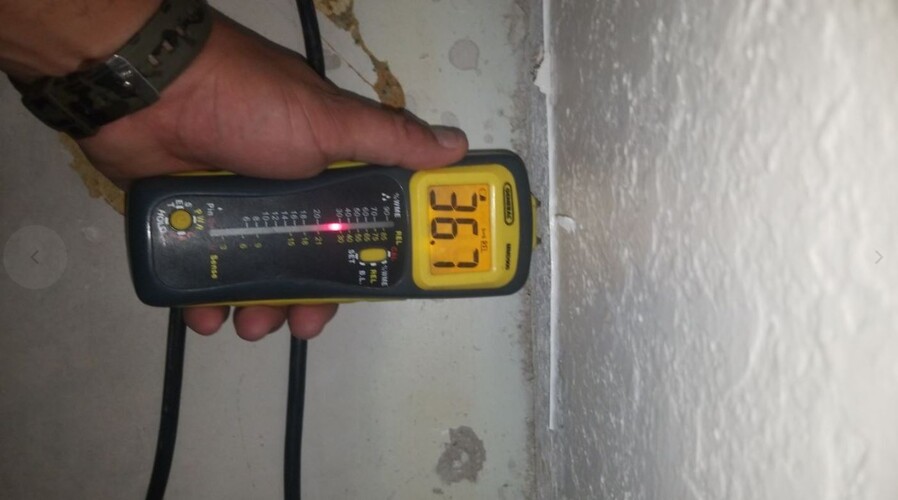Late Summer Flooding in San Antonio: How to Protect Your Home from Mold
Why Mold Growth Spikes in San Antonio Homes in Late Summer & How to Prevent It

San Antonio summers are hot, humid, and often stormy. After recent flooding from late summer storms, many local homeowners face a hidden and dangerous problem: mold growth. Even after the water recedes, lingering moisture in walls, floors, and air ducts can create the perfect breeding ground for mold—and it can start growing in as little as 24 to 48 hours.
Here’s why mold risk spikes during this season, how to recognize the signs, and what to do to protect your family and property.
Why Mold Thrives in Late Summer
-
High Humidity: San Antonio’s late summer humidity often stays above 70%, which mold spores love.
-
Post-Storm Moisture: Recent flooding and heavy rains leave hidden damp areas in walls, under floors, and behind cabinets.
-
Warm Temperatures: Mold flourishes in warmth, and our summer heat creates a perfect incubator.
-
Slow Drying Indoors: Even if visible water is gone, trapped moisture inside materials like carpet padding or drywall feeds mold growth.
When these conditions combine, heat, humidity, and hidden moisture, mold can spread rapidly and become a serious health hazard.
Dangers of Mold Growth After Flooding
Mold is more than an eyesore—it’s a serious health and structural threat:
-
Health Risks: Can trigger allergies, asthma, headaches, and respiratory infections, especially in children and seniors.
-
Property Damage: Weakens drywall, wood framing, and flooring, leading to costly repairs.
-
Lingering Odors: Mold creates a musty smell that’s hard to eliminate without professional remediation.
Unchecked, mold can spread to air ducts and hidden cavities, affecting your entire home.
Signs You Might Have Mold in Your Home
After flooding, mold often starts where you can’t see it. Watch for these warning signs:
-
Musty or earthy odors in certain rooms
-
Discoloration on walls, ceilings, or baseboards (green, black, or brown patches)
-
Peeling paint or bubbling wallpaper
-
Persistent allergy or asthma flare-ups indoors
-
Warped flooring or sagging drywall
If you notice these signs—especially after recent storms—mold is likely already present.
How to Prevent Mold Growth After Flooding
Prevention starts with fast, thorough drying:
-
Remove standing water immediately using pumps or wet vacuums.
-
Run dehumidifiers and fans to lower humidity.
-
Discard soaked porous items like carpet padding, insulation, or cardboard boxes.
-
Open windows and improve ventilation, weather permitting.
-
Use disinfectants on hard surfaces to kill spores.
Even with these steps, DIY drying is rarely enough if water has penetrated the walls or flooring. That’s where professional help is essential.
What to Do if You Suspect Mold
If you think mold is present, act fast:
-
Avoid disturbing moldy areas, which can release spores into the air.
-
Call a certified mold remediation specialist to assess and contain the problem.
-
Request moisture mapping with thermal imaging to find hidden wet spots.
-
Document everything for insurance purposes if the mold resulted from storm flooding.
Call the San Antonio Mold and Water Damage Experts
At Complete Clean Water Extraction, we specialize in post-flood dry-out services, mold inspection, and safe mold remediation. We use:
-
Commercial-grade dehumidifiers to remove deep moisture
-
Thermal imaging and moisture meters to find hidden problem areas
-
IICRC-certified methods to safely clean and prevent mold recurrence
Don’t let mold turn a flood into a long-term health hazard.
➡️ Call us 24/7 at (210) 791-7177 for emergency service
Act fast. The sooner you dry and treat your home, the safer and healthier your living space will be.


